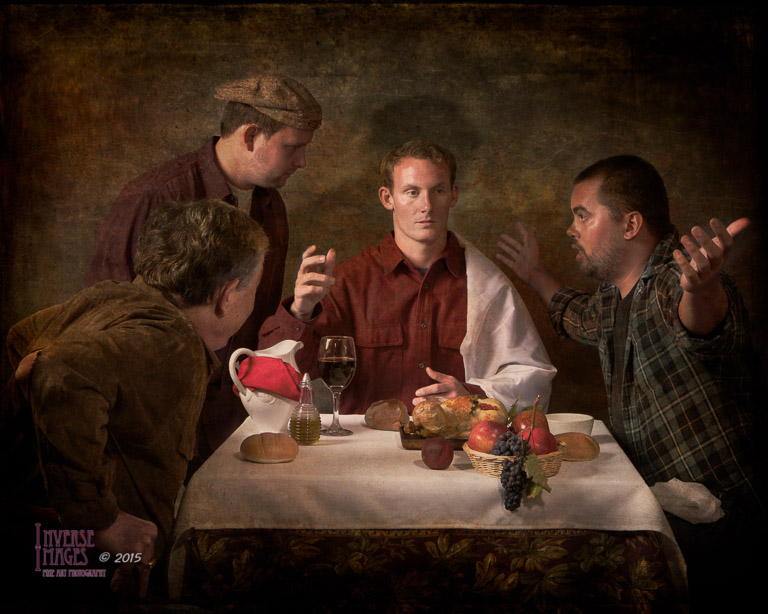Caravaggio Remembered!
Chiaroscuro with a modern bent
Most of the art created during the Renaissance was for patrons usually associated with the church. Michelangelo, Titian, and Leonardo Da Vinci all created some of their greatest works for the church. Think of the Sistine Chapel, Titian's Salome or The Last Supper of Da Vinci all created to illustrate the Biblical stories and truths to an illiterate world. The artist’s work I most admire from this period is Michelangelo Merisi de Caravaggio because of his revolutionary use of light and the rustic reality of his subjects. Caravaggio showed the gritty real people of his time portrayed in the environment of ordinary citizens. Modern art, for the most part, has left the church and the great themes of the Bible behind. This series of photographs is inspired by the Renaissance masters, in particular Michelangelo Merisi de Caravaggio. The series draws inspiration from his use of strong contrast of light and dark, known as chiaroscuro, to create a modern interpretation of the classic Bible stories. We followed Caravaggio’s example of using contemporary settings, dress, and situations making the historic stories of the Bible relatable to a modern audience. He used friends, drinking buddies, and artistic associates. Our subject choices avoided the drinking buddies in favor of fellow church goers still using friends, artistic associates and family. The look from clothing to setting is modern. The clothing is contemporary, everything from blue jeans to hoodies. All done to lure the viewer into the image to explore the core truths of the stories.

